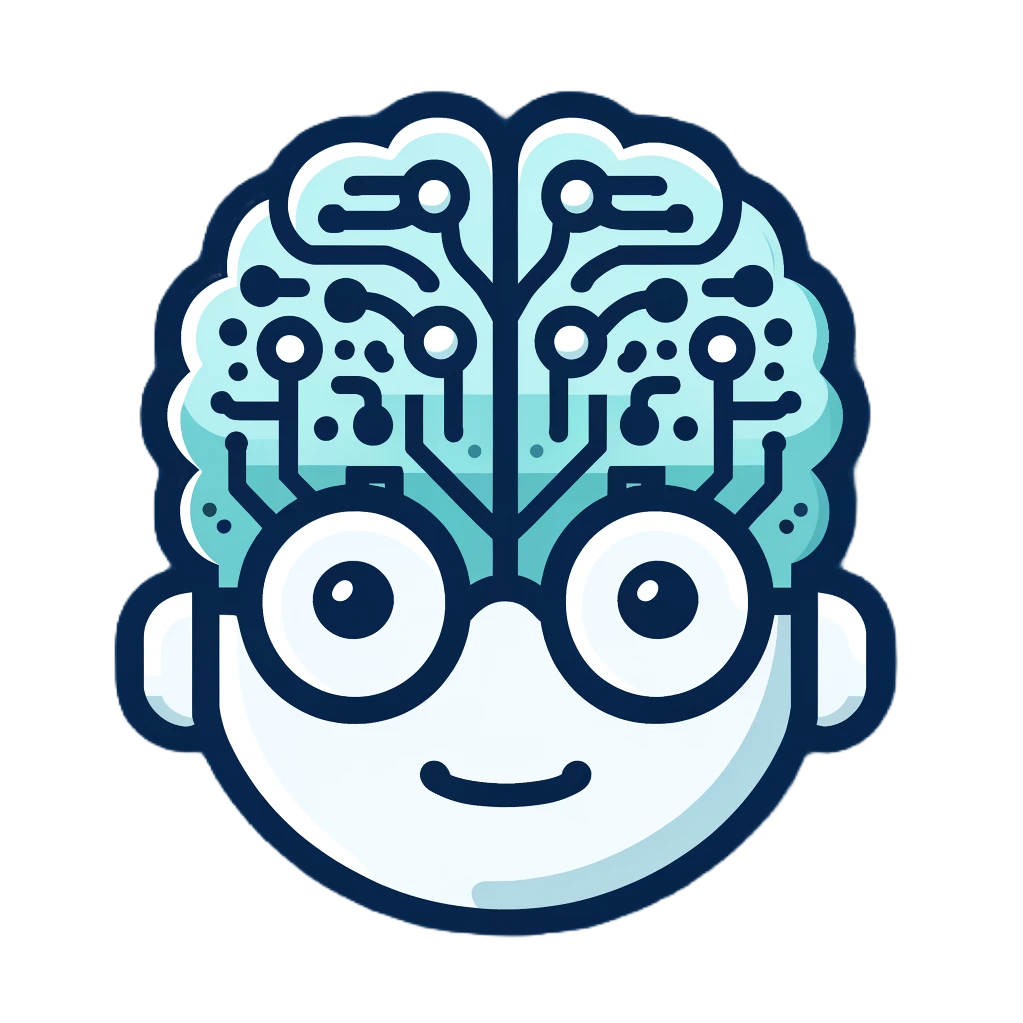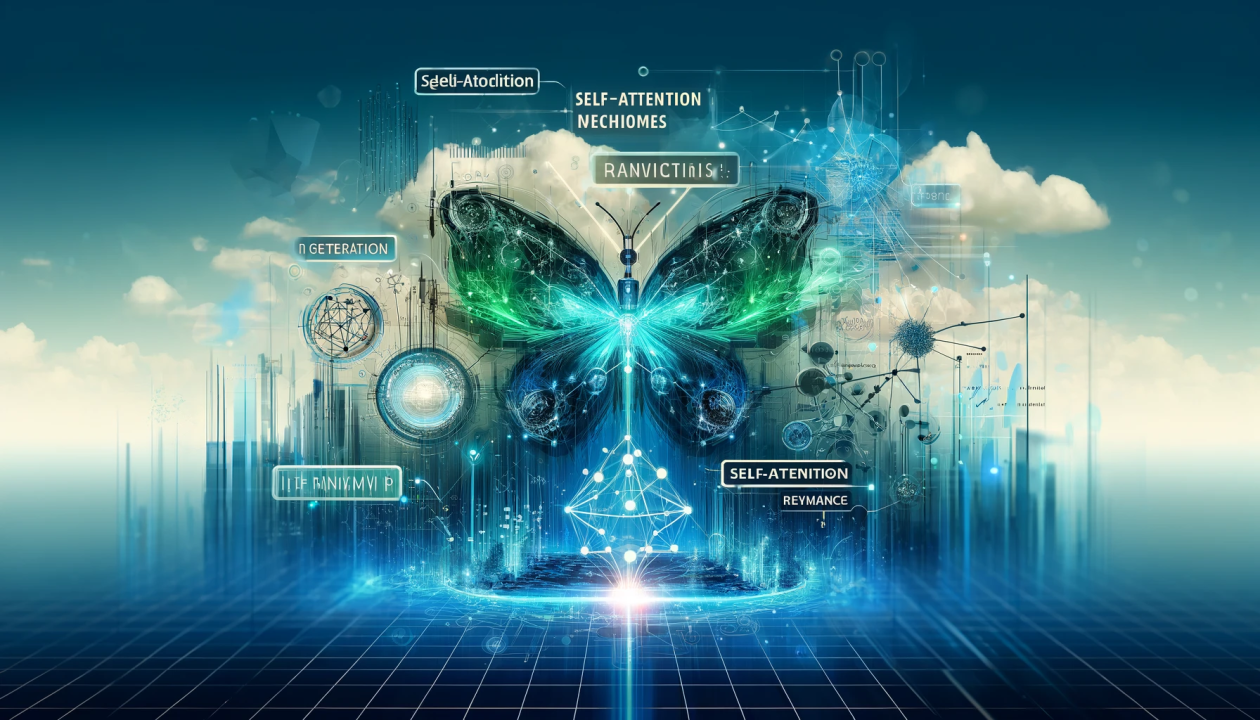Transformer models have revolutionized the field of natural language processing (NLP) since their introduction by Vaswani et al. in 2017. These models, characterized by their self-attention mechanisms, have drastically improved the ability of AI systems to understand and generate human language. Unlike previous recurrent neural networks (RNNs) and long short-term memory networks (LSTMs), transformers can process entire sequences of text simultaneously, enabling them to capture long-range dependencies and contextual relationships more effectively. This architectural innovation has made transformers the backbone of many state-of-the-art language models, including the renowned GPT series by OpenAI.
The core strength of transformer models lies in their self-attention mechanism, which allows the model to weigh the importance of different words in a sentence relative to each other. This capability enables the model to focus on relevant parts of the input text, regardless of their position in the sequence, thus overcoming the limitations of previous models that struggled with long-term dependencies. By employing multiple layers of self-attention, transformers can build increasingly abstract representations of the input data, leading to a deeper understanding of the text. This hierarchical processing power is crucial for tasks such as translation, summarization, and text generation, where understanding context is paramount (https://karger.com/ver/article/32/Suppl.%201/64/835090/The-Next-Generation-Chatbots-in-Clinical) (https://karger.com/ver/article/32/Suppl.%201/64/835090/The-Next-Generation-Chatbots-in-Clinical).
Large Language Models (LLMs) like GPT-3 and GPT-4 leverage the power of transformers to achieve unprecedented levels of performance in a wide range of NLP tasks. These models are trained on massive datasets containing diverse text from the internet, allowing them to learn a vast array of linguistic patterns and knowledge. The scalability of transformer architectures enables LLMs to handle billions of parameters, making them capable of generating highly coherent and contextually appropriate responses. This immense processing power is what brings AI to life, allowing systems like ChatGPT to engage in meaningful and dynamic conversations with users (https://karger.com/ver/article/32/Suppl.%201/64/835090/The-Next-Generation-Chatbots-in-Clinical) (https://karger.com/ver/article/32/Suppl.%201/64/835090/The-Next-Generation-Chatbots-in-Clinical).
The application of transformer models in LLMs has significant implications across various industries. In customer service, transformers enable chatbots to understand and respond to queries with human-like accuracy and empathy. In content creation, they assist writers by generating ideas, drafting articles, and even composing music. Furthermore, in healthcare, transformer-based models aid in the analysis of medical records and the generation of patient summaries, enhancing the efficiency of clinical workflows. As transformers continue to evolve, their potential to drive innovation and improve human-machine interactions remains boundless, solidifying their role as a foundational technology in the AI landscape (https://karger.com/ver/article/32/Suppl.%201/64/835090/The-Next-Generation-Chatbots-in-Clinical) (https://karger.com/ver/article/32/Suppl.%201/64/835090/The-Next-Generation-Chatbots-in-Clinical).


